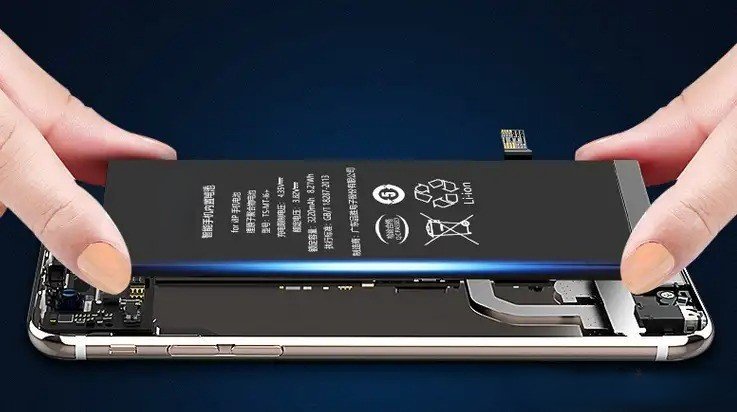Introduction
Proper storage of mobile phone batteries is crucial for maintaining their efficacy and safety. This guide outlines the optimal storage conditions and handling procedures for lithium-ion and lithium-polymer batteries, helping wholesalers ensure longevity and compliance.
Section 1: Understanding Battery Storage Needs
Lithium-ion and lithium-polymer batteries, common in mobile devices, have specific storage needs. These batteries are sensitive to temperature and charge levels, necessitating careful storage to prevent degradation or hazards.
Section 2: Optimal Storage Conditions
- Temperature Control: Store batteries at 15°C (59°F) ideally, but within a safe range of 0°C to 50°C. Extreme temperatures can damage batteries or reduce their lifespan.
- Humidity Management: Maintain humidity around 50% to prevent condensation, using dehumidifiers if necessary to avoid short circuits and potential fires.
Section 3: Physical Storage Guidelines
- Handling Precautions: Handle batteries gently to avoid physical damage. Ensure terminals are covered to prevent short circuits.
- Organization and Storage: Use original packaging to facilitate a first-in/first-out system, and segregate damaged batteries for safety.
Section 4: Handling and Transportation
- Packaging and Safety: Employ robust, non-conductive packaging for transportation to protect against damage and short circuits.
- Regulatory Compliance: Adhere to the latest transportation guidelines and labeling requirements to ensure safety during transit.
Section 5: Regular Maintenance and Monitoring
- Check Frequency: Inspect lithium-ion batteries every 6 months, and charge them as needed to maintain a 50% charge level for optimal health.
- Maintenance Practices: Store batteries in cool, dry conditions and recharge them periodically to maintain health and functionality.
Conclusion
Batteries and cells in electronic devices like mobile phones and smartwatches are consumables with a limited number of charge cycles, typically between 300-500. Therefore, understanding and implementing optimal storage techniques not only prolongs the life of these batteries but also maximizes the return on investment by enhancing their longevity and performance.


